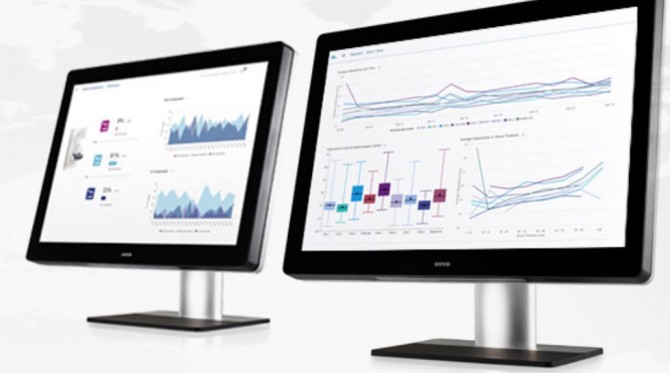
Charlie Munger once said “show me the incentive, and I’ll show you the outcome“.
A great example comes from 1860s, when the British contracted ship captains to transport convicts to our sunny shores. Back then, the survival rate of those poor souls was a miserable 40%. Human rights weren’t exactly a high priority, but most still felt that allowing 6 out of 10 people to die en route was probably not ideal (not least because it meant less labourers to help build the colonies).
An economist called Edwin Chadwick suggested that instead of paying the captains for each prisoner that boarded their ships, it was probably a better idea to pay them for each one that disembarked at the other end. You can guess the result.
Almost immediately, the survival rate jumped to 98%.
A more modern example is one Charlie famously described in his excellent Harvard speech from 1995.
“One of my favorite cases about the power of incentives is the Federal Express case. The heart and soul of the integrity of the system is that all the packages have to be shifted rapidly in one central location each night. And the system has no integrity if the whole shift can’t be done fast. And Federal Express had one hell of a time getting the thing to work. And they tried moral suasion, they tried everything in the world, and finally somebody got the happy thought that they were paying the night shift by the hour, and that maybe if they paid them by the shift, the system would work better. And lo and behold, that solution worked!”
If you want to see what incentives are at play for your ASX companies, it’s well worth taking a close look at the remuneration reports. Specifically, the structure of executive incentive plans.
The tricky thing is that, at face value, almost all appear to be reasonable. For example, those that benchmark against profits or share price seem entirely appropriate — after all, as shareholders, we certainly like to see both of these go up.
But the trouble is that you can boost these, at least for a while, in ways that don’t create any lasting value. Indeed, they can easily be downright damaging to long-term investors.
A CEO could double company profits with the stroke of a pen, simply by making a large acquisition. But as experienced investors know, these could still see earnings fall on a per share basis and lead to substantial write-downs in the future. In fact, that’s a fairly common outcome.
Even share prices can be manipulated for a time. You just need to higher some investor relation guru to spruik the stock, pay for some hyper-bullish research reports, and issue some bold forecasts to the market. Sadly, it happens all the time…
Some incentive plans focus on revenue, which is easy enough to boost if you don’t care about profitability. Others skew too heavily to the short term, which can incentivise management to delay necessary investment and bring forward revenue recognition. Some plans like to ignore non-cash (but very real) costs such as depreciation and amortisation.
You really need to have your wits about you.
In general, favour those that tend to measure things in per share terms, and where the benefits vest over a long period of time. But, as with most things, you also need to be realistic. The sad truth is that the general standard for incentive plans is pretty low, and if you look for perfection you’ll never find anything to invest in.
But there are some really great examples out there. Some of which shun management incentive plans altogether.
The ARB Corporation (ASX:ARB) annual report says:
“The Board does not believe that incentives based on the Company’s short term returns are appropriate to long term wealth creation for shareholders. The Board believes that the Managing Director and the Board as a whole are appropriately incentivised in the long term by their shareholdings in the Company.”
The CEO and co-founder of the business has no incentive other than the fact the vast bulk of his personal wealth is held in ARB shares. His salary is just $420k pa, a relative pittance for the head of a $2.3 billion business.
There are some other really interesting examples on the ASX (both good and terrible). We’d love to hear of any that have caught your eye.
And remember, as Charlie says: never, ever, think about something else when you should be thinking about the power of incentives.
Strawman is Australia’s premier online investment club.
Members share research & recommendations on ASX-listed stocks by managing Virtual Portfolios and building Company Reports. By ranking content according to performance and community endorsement, Strawman provides accountable and peer-reviewed investment insights.
Disclaimer– Strawman is not a broker and you cannot purchase shares through the platform. All trades on Strawman use play money and are intended only as a tool to gain experience and have fun. No content on Strawman should be considered an inducement to to buy or sell real world financial securities, and you should seek professional advice before making any investment decisions.
© 2023 Strawman Pty Ltd. All rights reserved.
| Privacy Policy | Terms of Service |
ACN: 610 908 211







